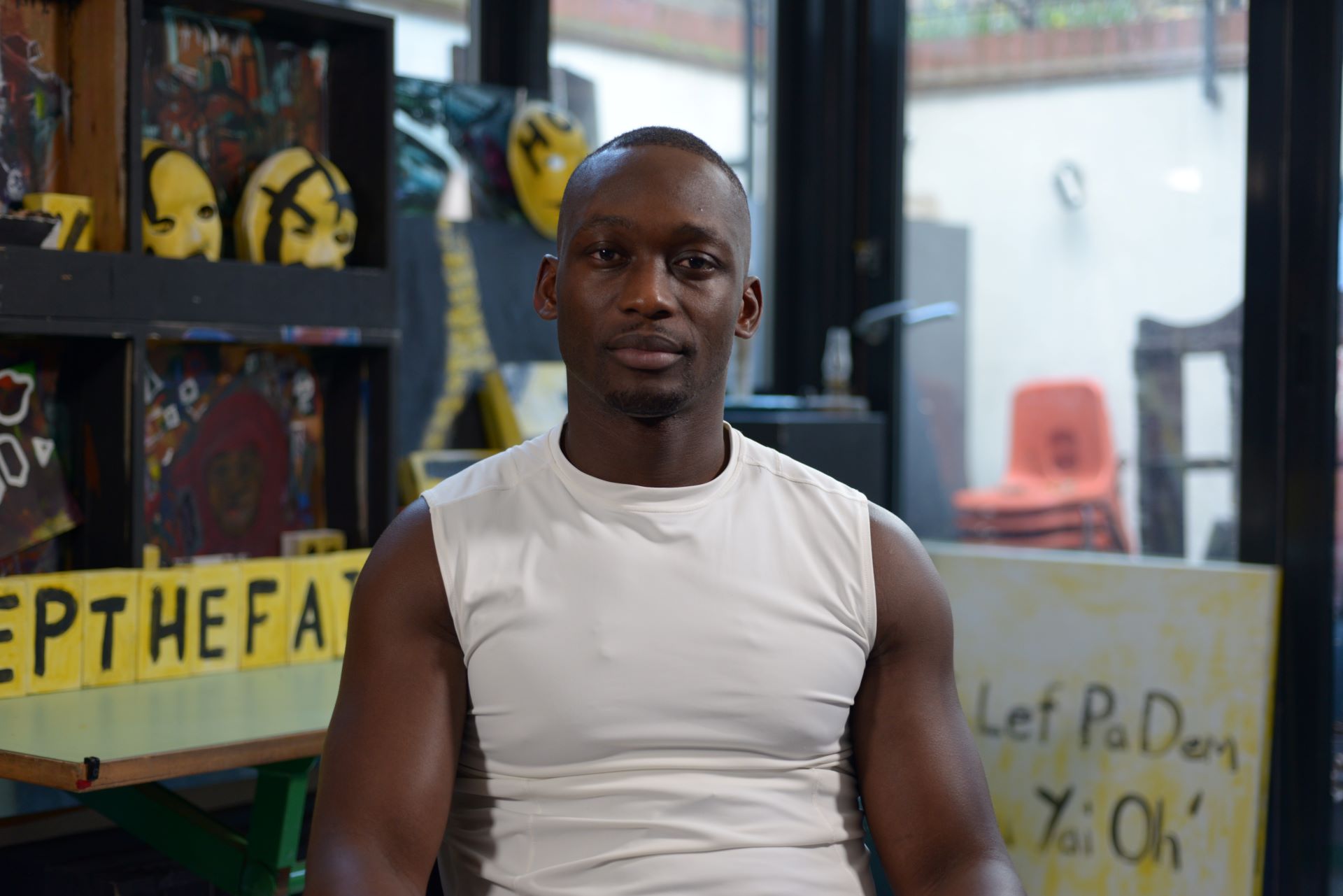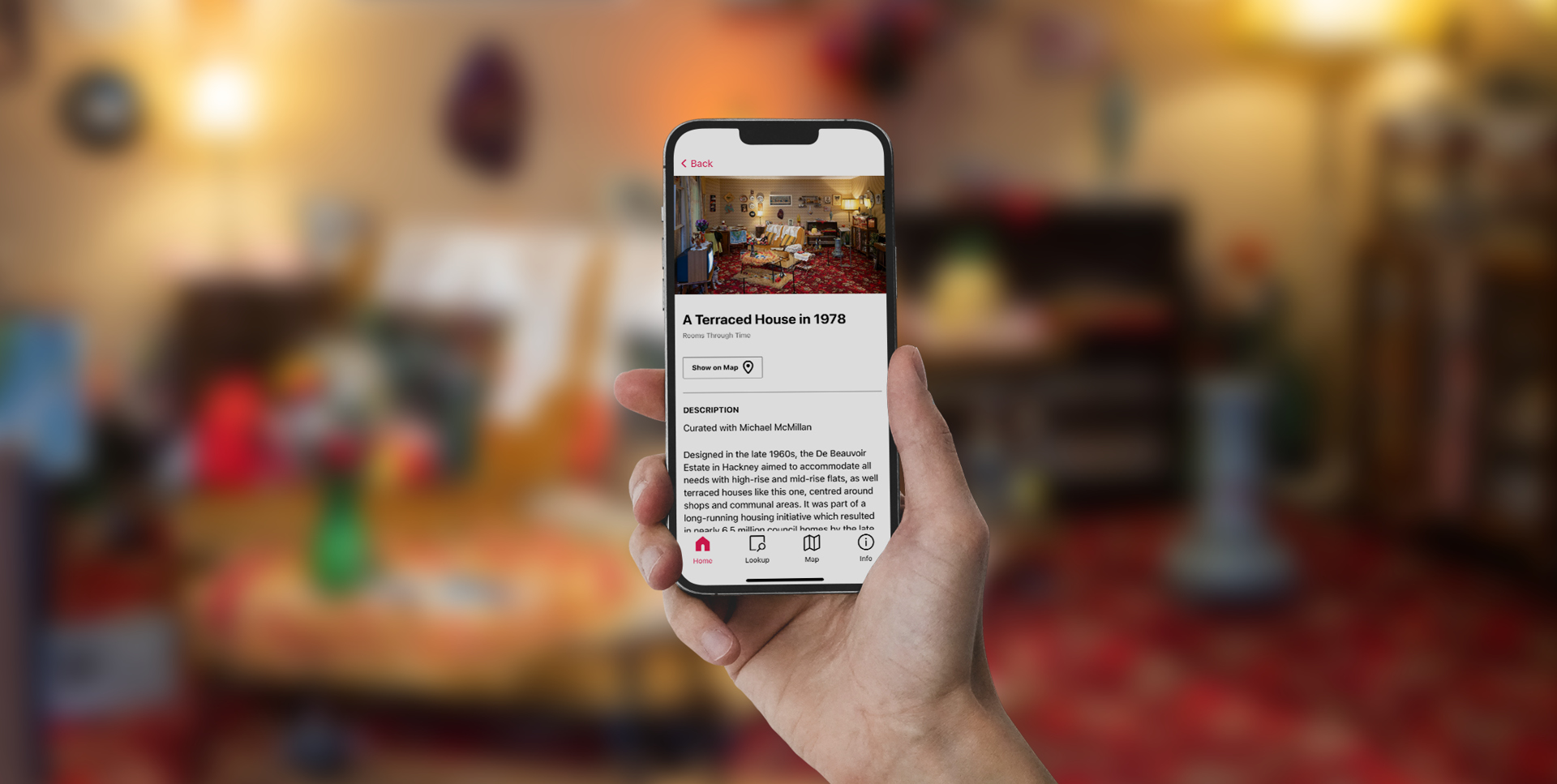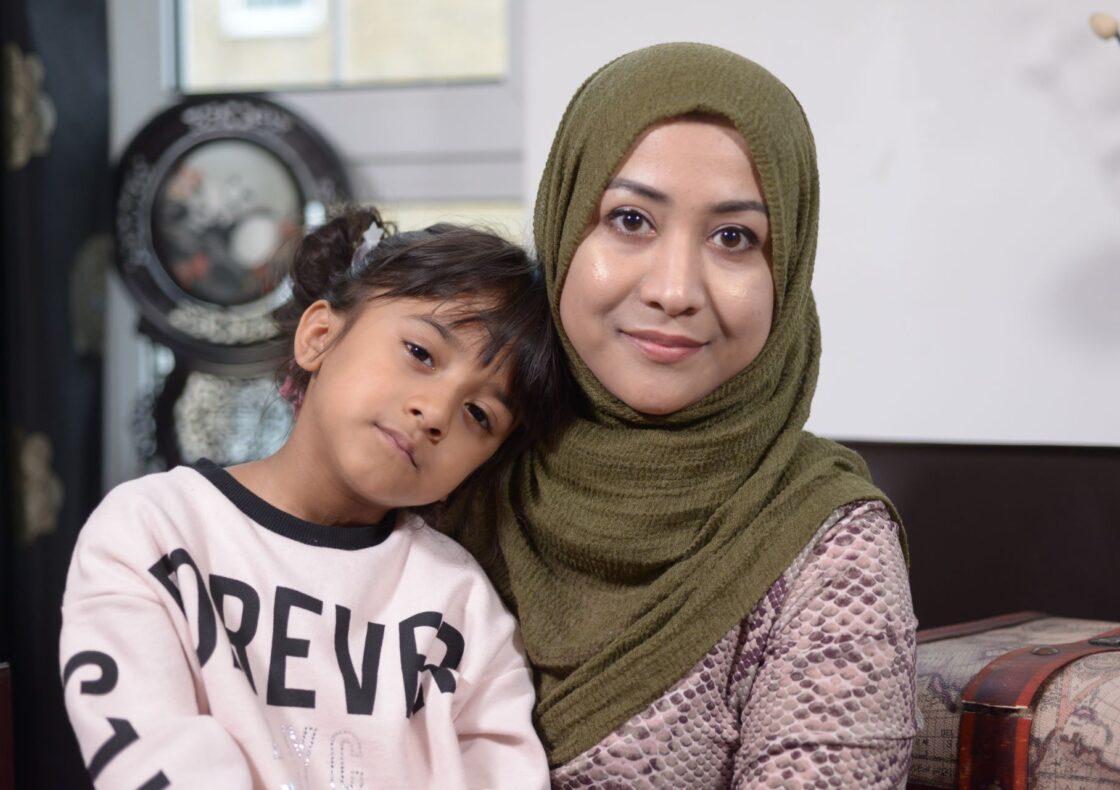The things we display in our homes are full of personal meaning, whether on a mantelpiece or shelf, or on top of the television.
This film, directed by Mina Salimi, explores how east London residents express their identities through the things they display in their homes.
Watch the film online and in our Home Galleries.

00:06
Amarjit
I was trained as a physicist and I worked quite a long time as a scientist. I love technologies. Because it’s my training, isn’t it. It doesn’t go away.
You can see my nice drone there. It’s because I can see immediately use of it. When my roof is not working, and if you have a drone you can see where the holes are.
In hackney people lived in the council flats. And they didn’t have any spaces to play, or they couldn’t afford the toys. So we set up toy libraries and I was one of the first toy librarians. There wasn’t any toys which can show multi cultural aspects of life. Dolls were only white dolls you couldn’t buy black dolls. And we didn’t get any male doll at all at that time. So that’s why I’ve got a collection of dolls.
I was born Sikh and I socialise in Sikh religion. Having a religion is like your mother. Your mother is your religion and somebody else’s mother is their religion. Everybody loves their mothers. In fact you have to go with them to respect their mothers.
I got this golden Buddha, my son is married with a Buddhist woman. I have Catholic icon, my brother is married to a Catholic woman. I have a Jewish icon, my sister in law used to be Jewish then she converted to Catholic. It’s not to do with belief, it’s the family isn’t it? My family belongs to all different religions.
01:52
Sam
01.57
I grew up in Aldgate, E1 and I never moved out of the area, apart from one phase when I got married to north London for 12 months. Then I returned to the East End.
Memories are good, memories are good.
There is not a hell of a lot of memorabilia that I carry. Just a few things. Photos mean a lot.
I’m unfortunately a widower. No children. Many friends. An ex-cabdriver.
My Capodimonte. It’s my friend, it’s part of the family, and I christened him Eike. I don’t know where I got the name from.
Now my match collection arises from holiday times with my wife and myself. Freebees in every restaurant and it’s just a little bit of memorabilia to look at, every now and again. But they’re not sad times. I got great pleasure because I’ve got photos and all that. I had one box of matches acquired over the years. It was when my wife worked for Asprey, the Queen’s jeweller in Bond Street. But she died unfortunately of a buildup of senile dementia.
The frogs were memories of her living in southern Ireland. On a farm, she used to chase after them with her siblings. Cheap and cheerful. There is nothing like a Fabergé. Nothing like that. They represent my wife and that’s it, that’s why they stay there.
When she passed away, it turned out to be a happy releasement. She passed away in my arms, in a home. It’s just a thing, it’s a thing that I will live and take to my grave with me.
04:08
Farhana
04:14
I have a lot of dishes and souvenir and stools and bed covers from Bangladesh. And it does give a sense of comfort because although I’ve been here all my life my parents grew up mostly in Bangladesh. They used to tell me a lot of stories about Bangladesh and that makes me kind of connect to their story and connect to my heritage.
The first thing about being a Muslim is having humanity within yourself. Speaking up for justice. Standing against cruelty. These are like, I think, natural attributes I have anyway campaigning against cruelty and injustice.
This is a Civic Award from the London Borough of Tower of Hamlets. It was given to me for my community work. Yeah, it has a huge meaning to it. It’s not because I won it, it’s because it reminds me of the work I do.
Political visitors from China gifted it to our local council and that local council donated it to one of the charities we did. And then we had a ruffle prize draw and I won it. I really wanted it because of the history and the story behind it.
For any mother her child’s award certificate, even from the school being the star of the week it’s the most precious thing. My daughter won first prize. It was a Bangladeshi event. I was presenting that programme. So when my daughter came on stage and was given the award it was a happy moment and I feel happy to have this in my house.
05:42
Clair
05:36
I live with Ade who is my partner and we sort of share the house.
It’s really funny when I think about how I use the house, I sometimes feel that I’m recreating in sort of urban London a very traditional Italian thing where everything takes place in the kitchen.
I actually designed the whole kitchen. People always say, “oh where is that shelf from?” and I say well look at that shelf upside down, it’s actually a pelmet. “What’s that, where you’ve got your wine glasses?” Well it was actually the case of a stereo speaker that I bought in the second hand shop on Clarence road, which I think might still be there.
Maybe last year Ade and I were walking in Victoria Park and we came out and in that, I don’t know, trendy bit and there was this sort of studio and I just went Ade this is amazing. I bought this potter’s mug 30 years ago.
Yeah, my kitchen is very much a memory kitchen where I have things from lots of different people. I’ve got my maternal grandmother’s flour sifter. I had bought one and it had broken so when I went back to New York I said to my mother “you’ve got two flour sifters can I have nannie’s one” and she said “yes”. So for the past twenty years I’ve used the flour sifter that actually belonged to my mother’s mother.
I also have a collection of Italian coffee makers. There is special coffee maker that used in southern Italy, that you don’t see much. And I always imagine that my grandmother came over on the boat from Italy with the coffee maker. When I’m making a drink I’m actually physically touching what my grandmothers touched and that’s somehow important to me. And I always think my grandmothers are my kitchen god’s, or should I say goddesses and that they watch over me and what I cook.
08:07
Kollier
08:14
I was born in Freetown Sierra Leone and I would say I’m from London. I grew up in South North and in the Borough of Corydon where I went to Brunel University. But I’ve been living and working and living in Hackney for the last six years.
I collect things, even if it’s sometimes on the road side I like to collect objects. The Africa sign I collected it from the Africa Centre in Covent Garden. The organisation was trying to raise money to save the building- they lost. My enthusiasm towards building, the African diaspora is something that, you know, I felt it’s important for me to keep.
Whilst we were doing building work to To the Jungle, which was one of my cafes. I wrote a sign out of just a building board. I left the sign outside thinking that the builders will take it away. Three weeks later the sign was still there. I moved it away to another part of the road, where I thought somebody else would take the sign and it ended up coming to the front and becoming my mantra.
For me mirrors are very very important in terms of actually asking yourself questions. I normally sit and do mirror exercises and I use it as a form of meditation to actually process my thoughts.
My trip to Sierra Leone, which allowed me to see my father after 27 years, was very soulful and quite healing for me. The paintings were done after I came back from Sierra Leone. Doing the exhibition was a way of me actually just having closure. I wanted to touch on immigration matters because only in last 8 months did I actually obtained my British citizenship, and I had been in London since 1991.
09.45
Lynda
09.52
I came to Hackney when I got married, in 1996.
Living in hackney amongst so many people of different faiths, you learn to appreciate the bigness of the divine. I think it challenges you to sort of dig a bit deeper to what you’ve learned about God. And explore those sort of very deep things in a very wide way.
The real core of Christianity is a call to love our neighbor as we love ourselves. I think in the world we don’t do a very good job of that. You’d be looking for justice for those who don’t have it, so I think my faith has let me work in human rights because of that.
When I was working with Christian Aid, we were taking supporters to visit projects from Ethiopia. Where women were being helped to make a living through jewellery making and all sorts of things like that. Having those things in our house reminds us that the world is a big place.
I think the things that I have in my house that give me most comfort are mostly things that the kids have you know been involved with or made or bought us. The hope sign that my son Milo made for my husband one Christmas.
The candles on the mantelpiece were made by my father in law, John. He had already made candlesticks for Neil’s sister, for her wedding. All the same, all beautifully painted white and when we got married we asked him if he can make every one different. So he did that brilliantly, I think, and made about 20 candles for the tables of our wedding.
11:37

Free digital guide
Explore Museum of the Home with our digital guide on Bloomberg Connects, the free arts and culture app.
